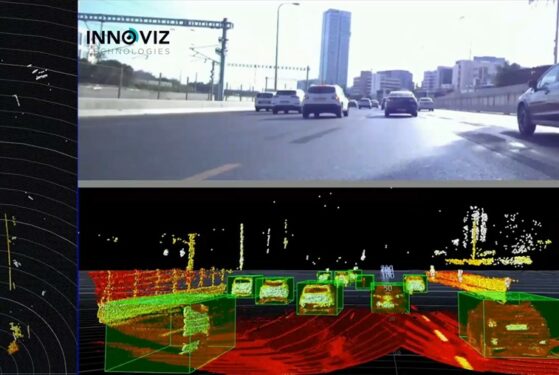What is LiDAR?
LiDAR enables automated vehicles to “see” their surroundings & measure their distance from obstacles so they can avoid them. LiDAR also has endless uses beyond automotive — it improves iPhone 12 photo quality, monitors roads from street lamps, surveys food production, & more!
Discover more practical applications and use cases for LiDAR technology from Innoviz.








